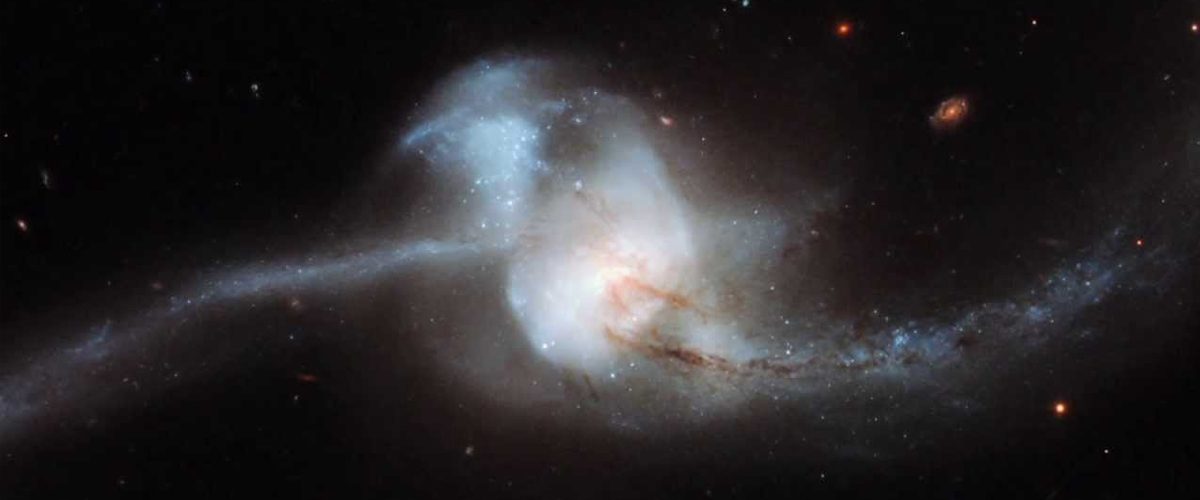Cosmological models and simulations for a long have predicted that gas filaments can have a role in the formation of galaxies or galaxy clusters, but the confirmation of this existed recently through observation with the eROSITA X-ray space telescope. Researchers compared simulations with the observation only to reveal that a group of galaxies is on a course to collide with other galaxy clusters along the recently discovered long, hot, connecting gas filament.
This impending cosmic smash-up is not the first but it somehow affirms the theory that these filaments are matter roads for the union of galaxy clusters. These filaments are known to form the strands of the cosmic web, later they join together due to gravity and created vast intergalactic distance between galaxies and clusters of galaxies. Last year, these filaments were identified and defined.
These filaments carry the secrets to the mystery of the formation and evolution of the universe. They can also give a hint on the location of the concentration of dark matter and normal matter.

The recently discovered filament is very faint in comparison to the large masses like stars and galaxies around it, but because it’s new so astronomers are keen to explore it closely. Northern Clump (a cluster of galaxies in the filament) has attracted quite a lot of attention. It contains an active supermassive black hole in its center, which is active, swirling, and feeding on the dense disc around it. Scientists believe that the disc doesn’t feed all of the stuff inside the black hole, rather some are channeled around the outside along magnetic field lines, from where it is launched to space at approximately the speed of light. The stuff gets propelled into space, allows astronomers to observe the intergalactic environment. Astrophysicist Angie Veronica working on this study called this hurtling of Northern Clump as, “the braids of a running girl”. The team suggests that the Northern Clump is traveling at great velocity along the filament, towards two other galaxy clusters that are also aligned along the filament – Abell 3391 and Abell 3395.
The study believes that the filaments of the cosmic web feed star-formation material, transforming it into nodes, which further form galaxies and clusters of galaxies. Backing up the current theory of the cosmic web and the idea that filaments are bound by dark matter due to gravity. This is a new step into understanding the fundamentals of cosmology.
















Add comment